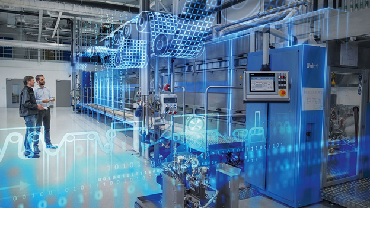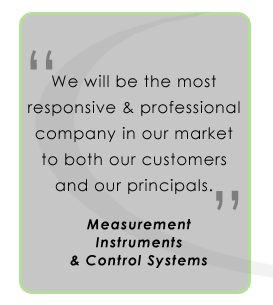|
 November 2020, MARIETTA, GA ~
The ability to remotely access, monitor, and control systems has become a lot more straightforward in recent years, especially with the advent of industrial-grade Wi-Fi, which allows devices such as tablets and phones along with assets to be securely connected to the internet. Other remote connectivity options are also available, including cell phone connections, radio transmission, and more, so the best option typically depends on individual circumstances. November 2020, MARIETTA, GA ~
The ability to remotely access, monitor, and control systems has become a lot more straightforward in recent years, especially with the advent of industrial-grade Wi-Fi, which allows devices such as tablets and phones along with assets to be securely connected to the internet. Other remote connectivity options are also available, including cell phone connections, radio transmission, and more, so the best option typically depends on individual circumstances.
-
Remote service support is enabled through a tablet or phone that a service technician located somewhere else can securely connect to. Through the real-time video feed, the onsite and remote technicians can see the same thing, so nothing is “lost in translation.” Augmented reality functionalities of the system make it possible to write notes or highlight areas that will be overlaid on the tablet screen to simplify communication and troubleshooting. Such a solution could be used for interactions between equipment vendors and end-users or by a plant maintenance technician calling an internal subject matter expert located off-site.
-
Although not necessarily reliant on a plant wide Wi-Fi network, remote access to distributed control systems (DCS) or programmable logic controllers (PLC) can also provide some clear benefits, primarily in the areas of troubleshooting and data collection. The remote connection is secured by using a VPN tunnel node installed on the network, which is managed centrally and complies with the latest security standards. This allows a subject matter expert, for instance, to dial in to and check the overall setup and control loops, or to make small adjustments to the DCS. Remote connection to a DCS is hardly a new approach, but one that has become highly relevant in the current environment.
-
Remote asset monitoring allows you to monitor assets located in a remote area of a plant or perhaps away from available infrastructure. In that case, a simple data collector connects to any sensors located on-site, such as a radar level device for measuring the volume in a tank. From there, the data goes through a cell-based connection or Wi-Fi to the cloud, where it is made available on any device through various dashboards. In addition to having near real-time inventory transparency, it also relieves somebody from having to drive on-site and take measurements manually.
These examples illustrate that there are solutions available to support remote working, even for functions that may not traditionally be considered remote. Whether or not to make the investment depends on each situation, but perhaps it could mean the difference between being able to run your business or not. So, if you do end up deciding to move ahead, put a multi-year roadmap together and take small, incremental steps towards that big goal.
|



 November 2020, MARIETTA, GA ~
November 2020, MARIETTA, GA ~ For additional information or a product recommendation, please contact FLW Southeast
For additional information or a product recommendation, please contact FLW Southeast